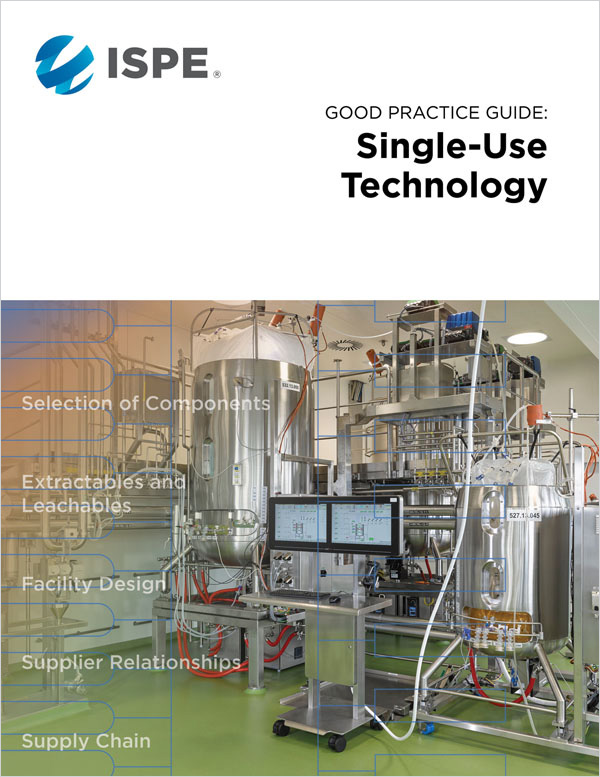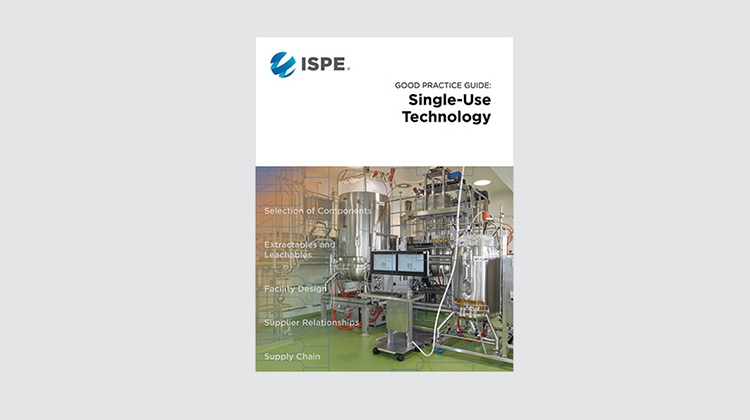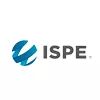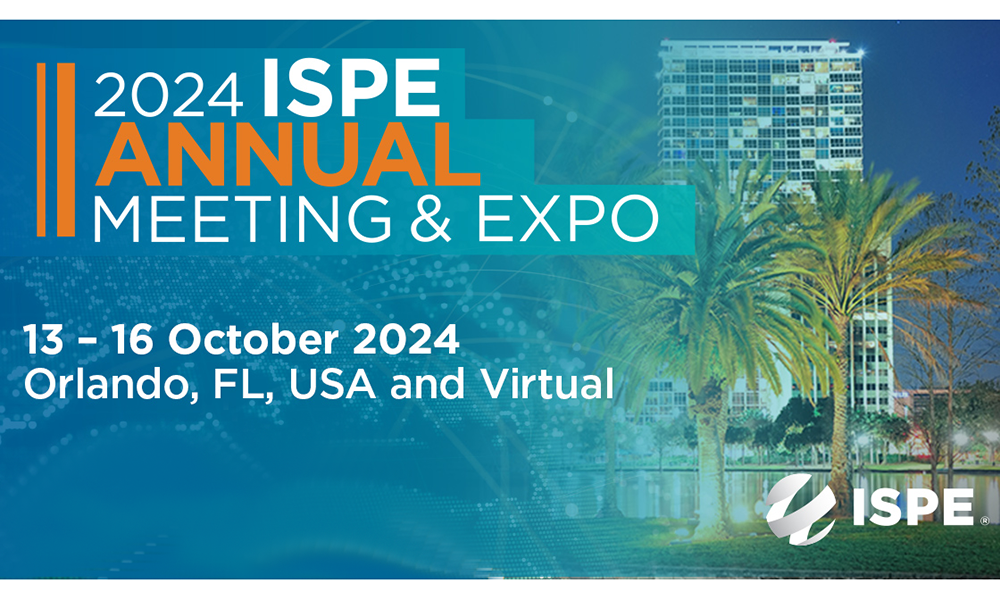Single-use technology has grown in both complexity of design and criticality of application in the past twenty years, offering increased flexibility while significantly reducing the risk of contamination in manufacturing equipment. Chris Smalley, Compounding Pharmacist Advisor, Val Source, and Guide Contributor, shares the importance of the ISPE Good Practice Guide for Single-Use Technology in the biopharmaceutical manufacturing industry. “It’s really a chance to get out there and have a document that talks about what the current technology is able to offer in terms of single-use and what the best practices are,” said Smalley.
The implementation of single-use technology into a process requires a well-defined plan that minimizes surprises during the later stages of implementation. This can be a challenge when dealing with a revolutionary technology that is flexible, continues to evolve, and can be customized to the end-user’s requirements. Pietro Perrone, PE, GE Healthcare, and Guide Contributor (Team Lead), indicates that “there was no document in the industry that provided the people involved in bioprocessing with a step-by-step process to integrate single-use technology.
The guide is set up in two main sections: the first one is for the selection of components in the design of assemblies that go into single use technology and there are a number of activities that occur under that section that need to be done at that time. The other section is for implementation and use and activities that need to occur at that phase are also outlined so the guide provides the reader a template to follow and streamline implementation of single-use technology.

What are the Top 3 Guide Takeaways?
“The first takeaway is to develop a map for the implementation of single-use technology. The second one is to suite the whole supply chain, a better understanding of the process of integrating single-use technology in a manufacturing environment. The third takeaway is to eliminate surprises in this implementation of new technology in a standardized manufacturing environment,” said Perrone.
To take advantage of the flexibility of single-use technology, it is important to understand how single-use products can work together with manufacturing operations. “For anyone that’s designing a process, single-use is something that they should consider and in order to have all the facts they’ll need The Good Practice Guide. For someone in manufacturing who’s working with a product or a process and they want to improve that process we should all be interested in continuous improvement, they should look at the Good Practice Guide to see if single-use might be a way of improving the process,” said Smalley.
The ISPE Good Practice Guide: Single-use Technology will give you a greater understanding of how to efficiently implement single-use technology in the biopharmaceutical manufacturing process with minimum disruptions to existing operations.
Buy Now





